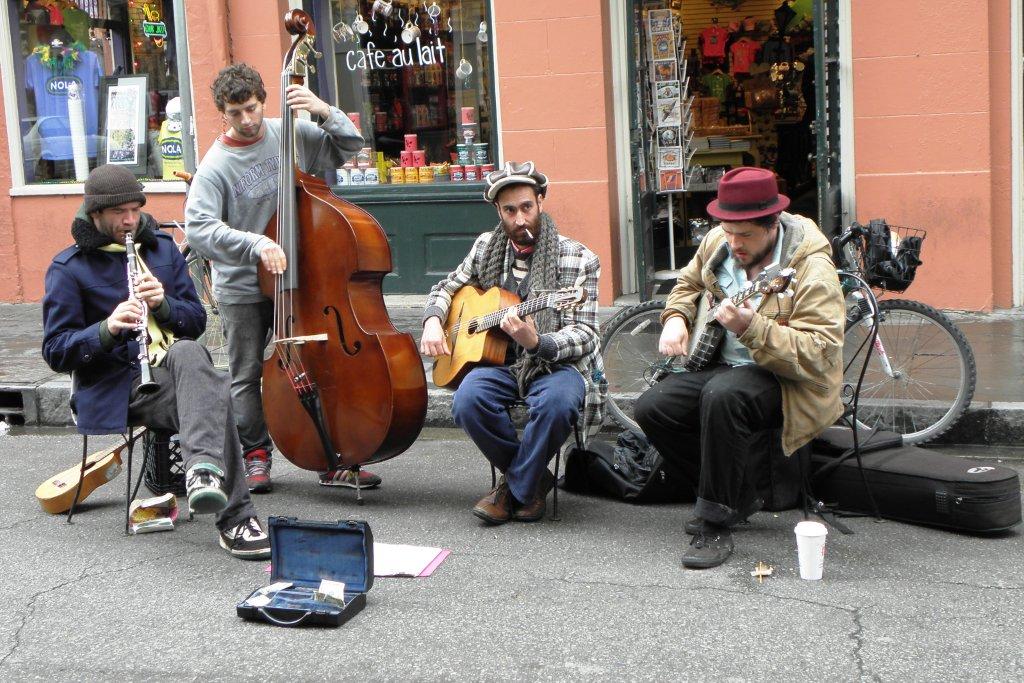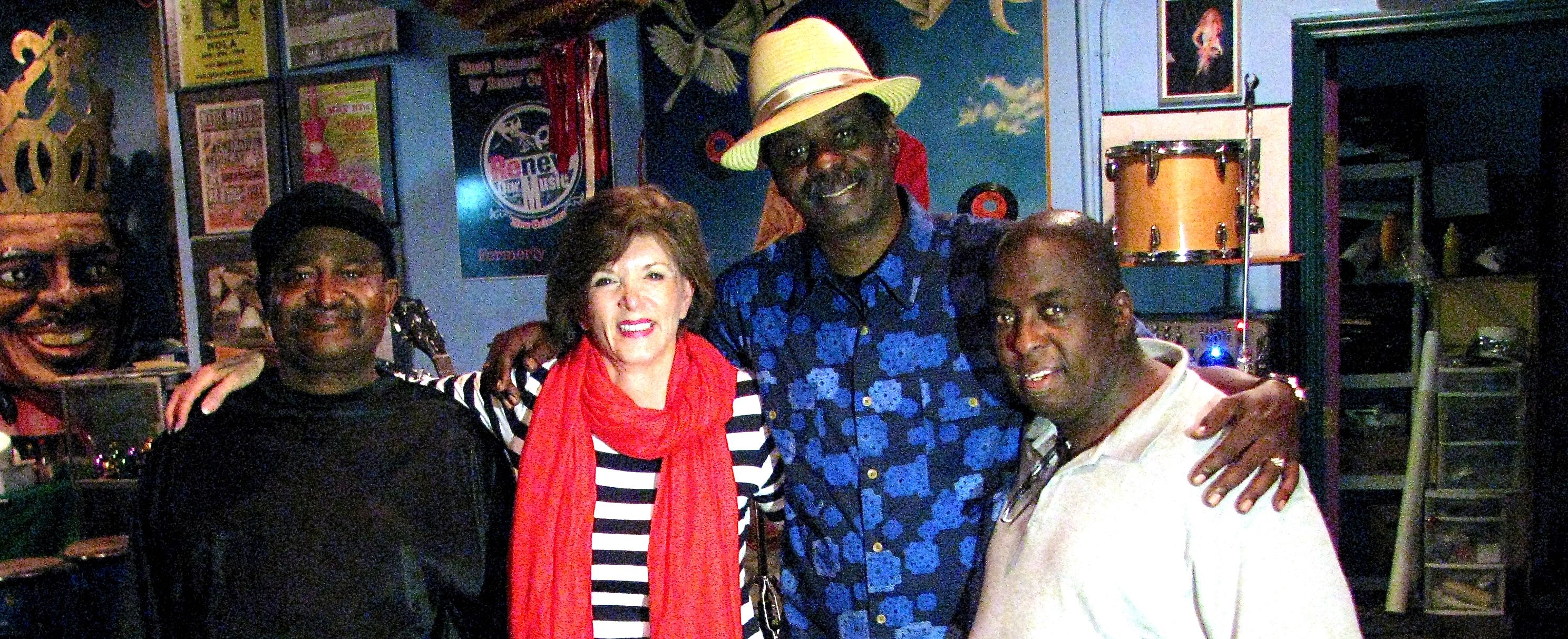Buckle up New Orleans. A storm of people will blow into New Orleans this February that will make Katrina seem like a Sunday afternoon rain. It’s gonna be a crazy month in the Crescent City. The good news is that any time you visit New Orleans is a great time because the city is better than ever.
Super Bowl XLVII kicks off Sunday, February 3rd followed nine days later with Mardi Gras. Either one of these events would bring an ordinary city to its knees. However, New Orleans knows Southern Hospitality and will welcome its guests with flair and panache.
Let’s fill your dance card with all that New Orleans has to offer from food to history to entertainment.
Food in New Orleans is like nothing you have ever experienced before.
Chef Pat: “What we eat is who we are.” New Orleans School of Cooking
New Orleans’ food is both Cajun and Creole. Understanding the difference helps to understand the history of the food and people.
Creole means “first born in a new land.” The children of the French, Spanish and Germans were known as Creole. This combining of cultures resulted in a melding of cuisine…French sauces made with roux, German sausages, Spanish spices and rice and Italian pastries.
Cajun cooking came from the African domestics who cooked gumbo and used local vegetables and spices to serve their wealthy employers.
The lines between Cajun and Creole have long since blurred; but, what do you care? Simply enjoy the fare. Try it all. As Sam Borden wrote in his NYT’s article (01-27-13), “: “Food that makes the back of your tongue tingle.”
Dining suggestions :
- Take a cooking class at New Orleans School of Cooking. Be a participant in New Orleans food, instead of an observer. See the video of Chef Pat demonstrating how to cook New Orleans style.
- Café du Monde: you can’t go to New Orleans and miss the beignets (donuts). Calling it a beignet changes the experience and the taste.
- Jacque-Imos (not in the French Quarter) 8324 Oak Street
- Pascal’s Manale
- Domilise’s po’boys
Museums – few cities have such an elite history as New Orleans
Stand on Jackson Square and look across the park to Chartres Street. Twin buildings face the Square. This is The Presbytere (752 Chartres Street) and The Cabildo (701 Chartres Street) both played a major role in the history of New Orleans.
The Presbytere displays the history, costumes and drawings of Carnival. The Cabildo was the 1795 seat of the Spanish government. In 1803, the French used the location to transfer Louisiana to the US. Not your stuffy ‘ol museum. Themes are displayed with color and excitement, such as the history of rock ‘n roll. Step off Bourbon Street and enjoy what is truly New Orleans.
Walk through history at the National WWII Museum, which opened June 6m 2000. The museum celebrates both the European and Pacific theaters. Across the street is a one hour documentary, Beyond All Boundaries, a realistic look at WWII. Easy to access via the St. Charles Trolley.
Ursuline Convent
In 1745, Louis XV sent the Ursuline Nuns to watch over and protect his people in the new world colony. The nuns were a god-send to the colonists. They healed, taught, fed, housed and administered to the needs of the community. They began the first school for girls (not just the off-spring of the rich, but African American and Creole girls). The building served as an orphanage, boy’s school and seat of Louisiana Legislature. Presently, the Convent is a museum (1100 Chartres Street).
Inseparable – Music and New Orleans
Jazz was American music created when the beat of African drums married European horns. The freedom of the city allowed the music to live, mutate, grow. Nothing has changed. The city is still wild and free.
A quote from New Orleans Online sums up music and New Orleans: “Everyone loves a parade. Everything is touched by the joyous anarchy called New Orleans Jazz. And everybody’s middle name is “Celebrate.”
For more information about the effect of Katrina on New Orleans music, click here.
www.fabseniortravel.com/blog/new-orleans/new-orleans-music-beating-strong
Getting Around…what could be more romantic than the clang, clang, clang of a street car?
New Orleans has three streetcar lines — the St. Charles line, the Canal St. line, and the Riverfront line. The St. Charles Trolley is the oldest continuously operating rail in the US.
Check out New Orleans On-Line (the official NO Tourism website) for information that fits your agenda.




